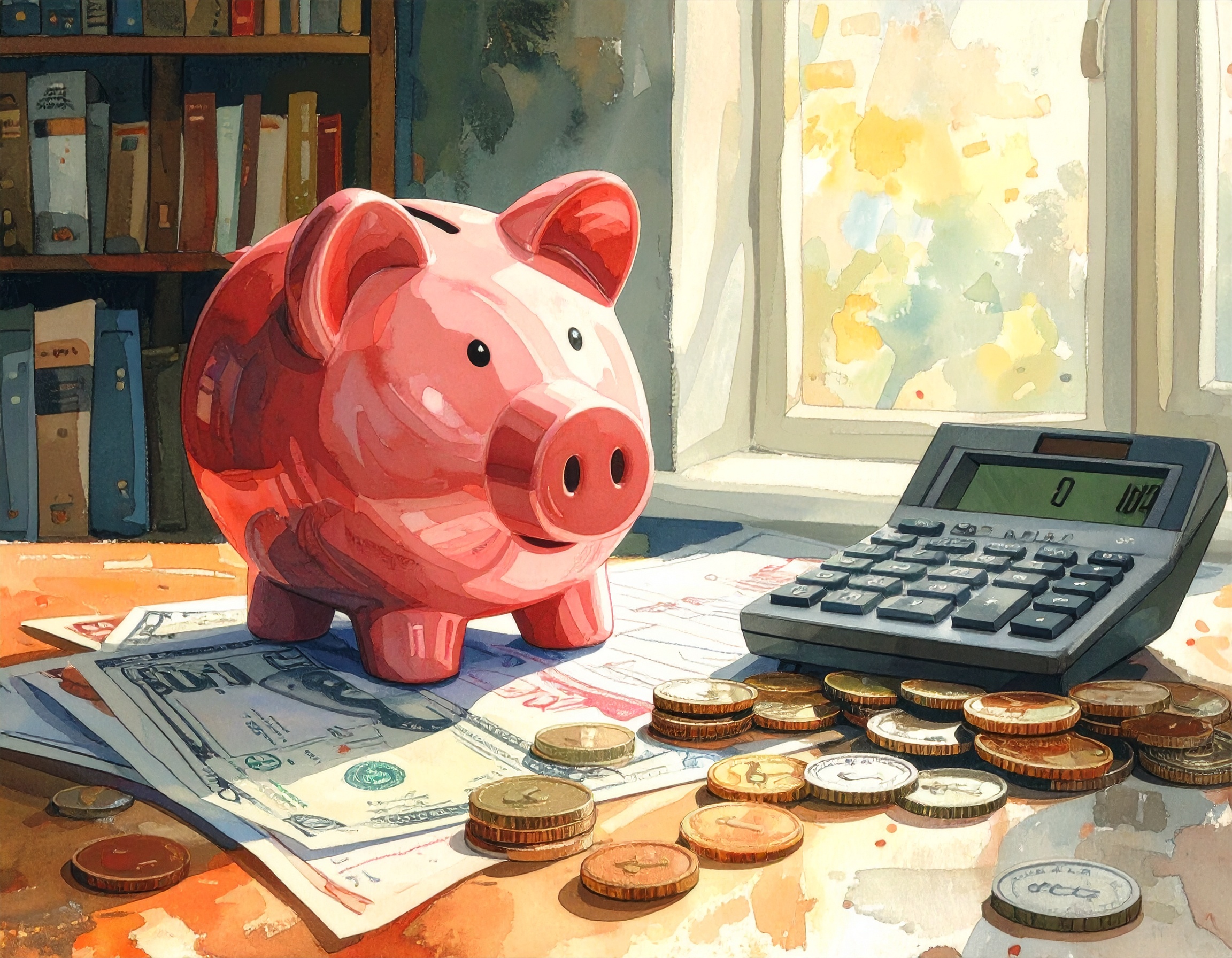
At Wise-Wallet, personal finance is a journey.
Read MoreCorrect! Keep It Up!
Deposit insurance is a government-backed safety net in many countries that protects qualifying bank deposits up to a statutory limit, offering peace of mind for short-term cash holdings. The coverage limit, rules on account ownership categories, and types of eligible deposit products vary by jurisdiction, but the common idea is that insured deposits are safe even if the bank fails, up to the insured cap. For consumers, this means keeping emergency funds and short-term cash within insured limits reduces the risk of loss due to institutional failure. It’s important to separate this protection from investment risk: deposit insurance typically covers principal in deposit accounts, not market investments like stocks or mutual funds.
Practically, consumers should know the coverage limit in their jurisdiction and how account titling affects protection (individual vs joint accounts, retirement accounts, etc.). If you have cash above the insurance limit, consider spreading funds across multiple institutions or account ownership categories to increase total insured coverage. Also verify which specific products are insured (many time deposits, savings, and checking accounts are, while some investment-like bank products may not be). While deposit insurance reduces the need for worry about bank failure, it shouldn’t encourage keeping large long-term wealth in low-yield accounts; instead, use insured accounts for safety and liquidity and invest other funds according to your goals and risk tolerance.
By Quiz Coins
Paying only the minimum on credit cards can stretch repayment for years and multiply the total interest paid.

Pick cards to match your life: cashback for simplicity, travel cards for frequent flyers who use perks, and balance-transfer cards to crush debt — then automate, pay in full, and track value.
Read More
Build a simple, automatic emergency fund by choosing a target, automating transfers, and using low-effort saving hacks — no spreadsheets required.
Read More